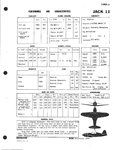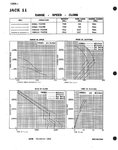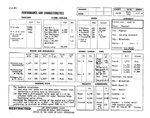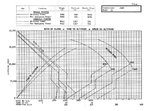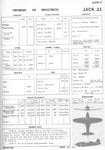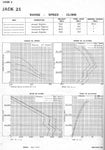Sagittario64
Airman 1st Class
How would the J2M stack up against the German and English (among other European) fighters of WWII, as well as the Russia's fighters? Like the Hurricane, Spitfire, Tempest/Typhoon, MiG-3, LaGG-3, La-5, Yak-1/3/7/9, Bf.109, Fw.190, IAR.80, Dewoitine D.520, Italian 5-series, C.202, and the Mosquito(the heavily armed fighter variant).

